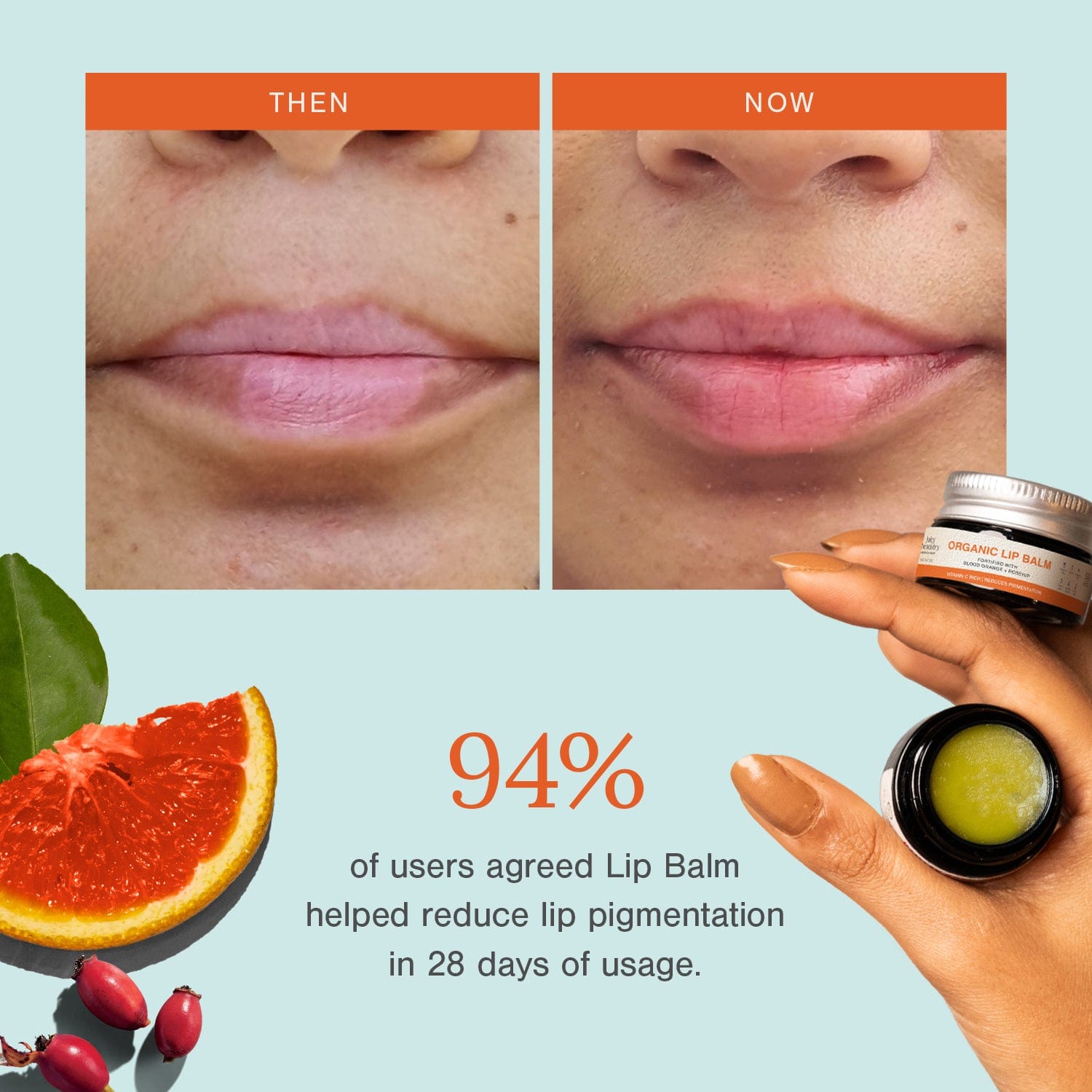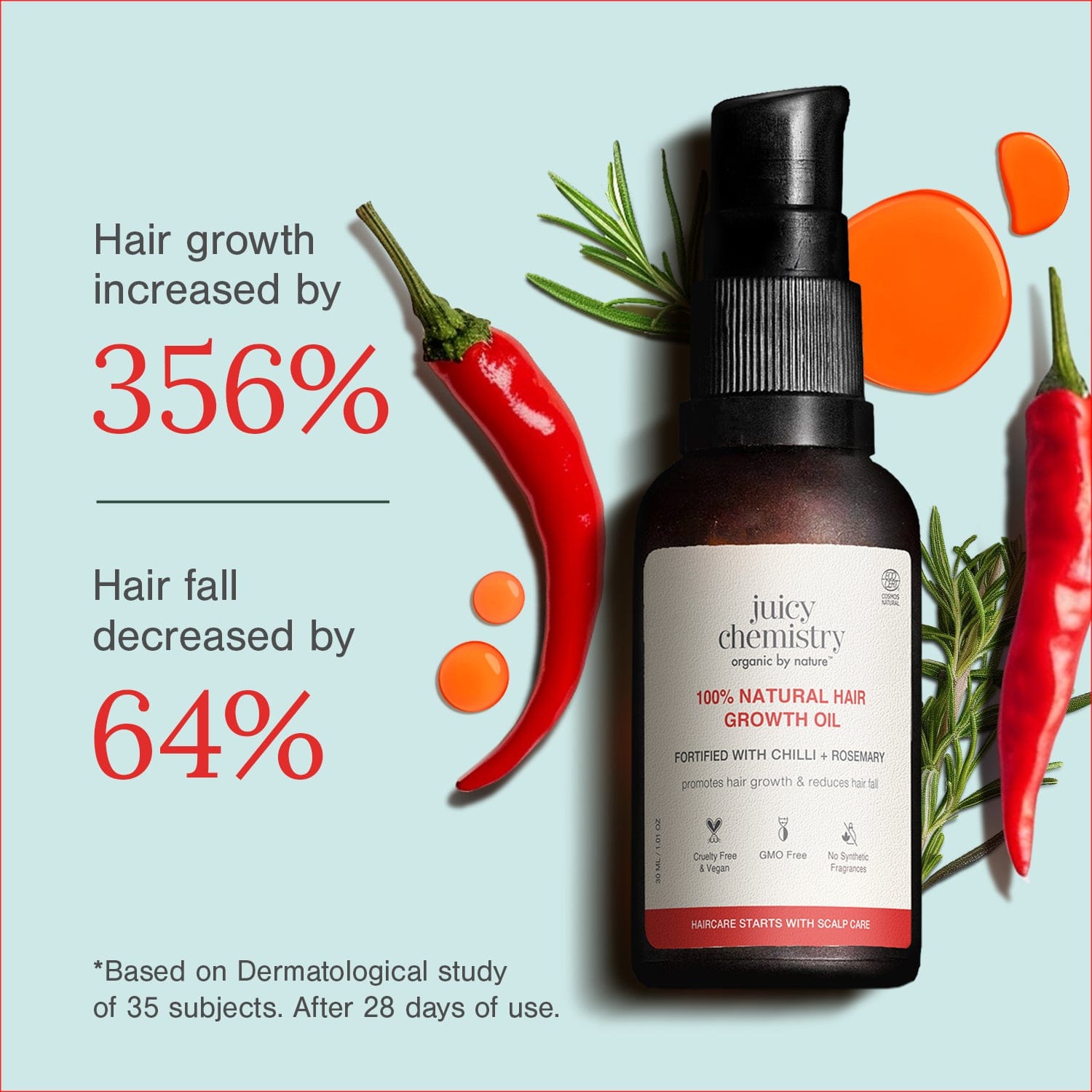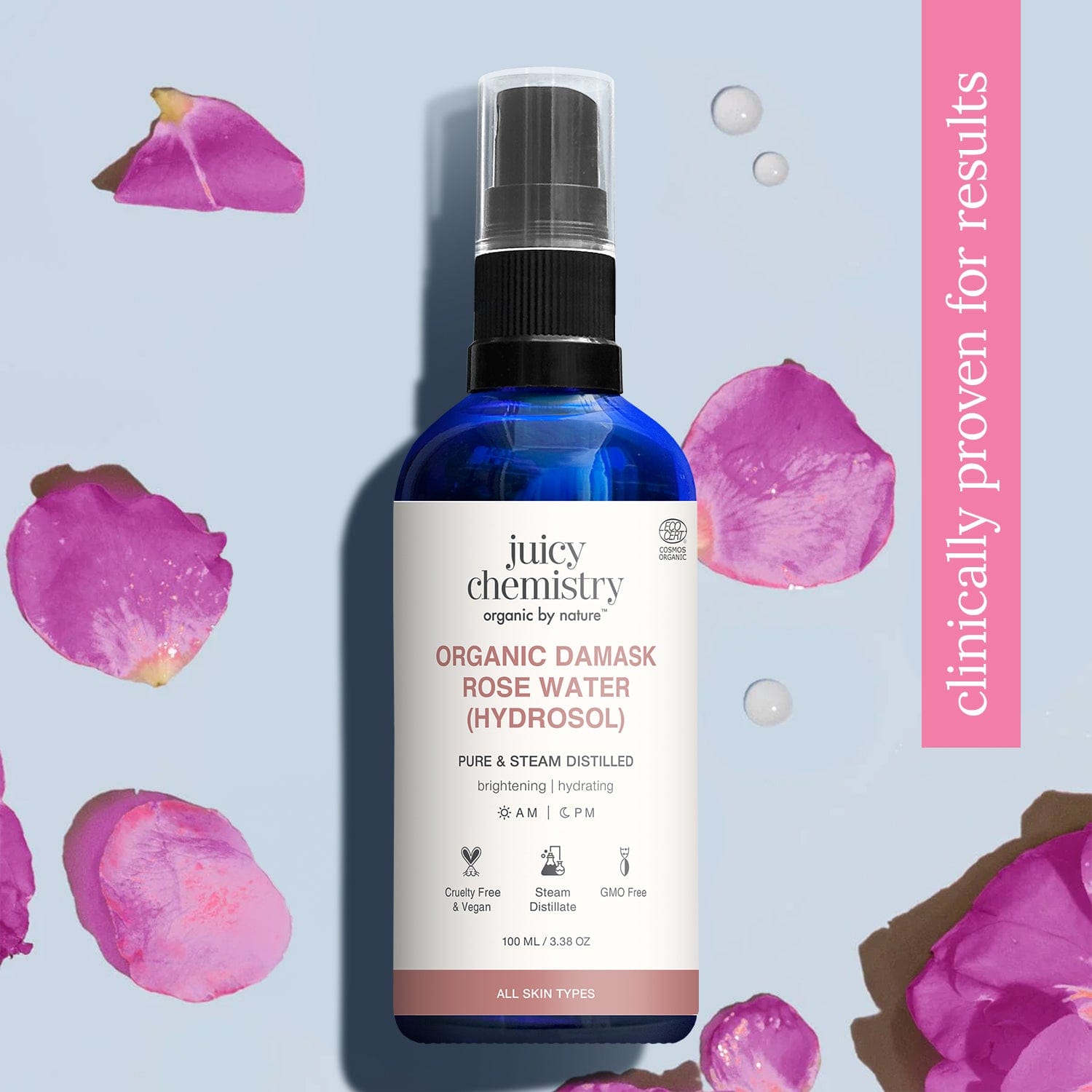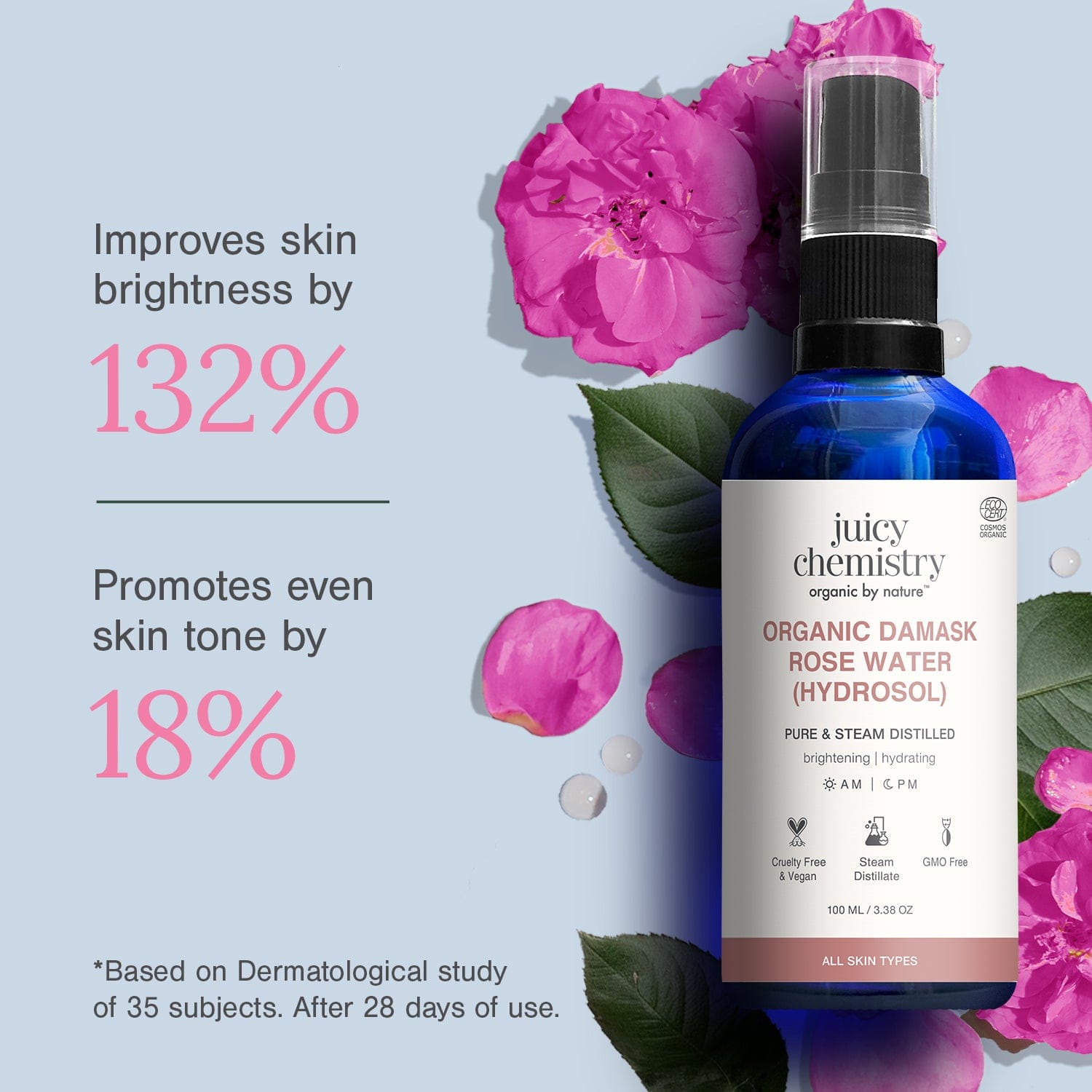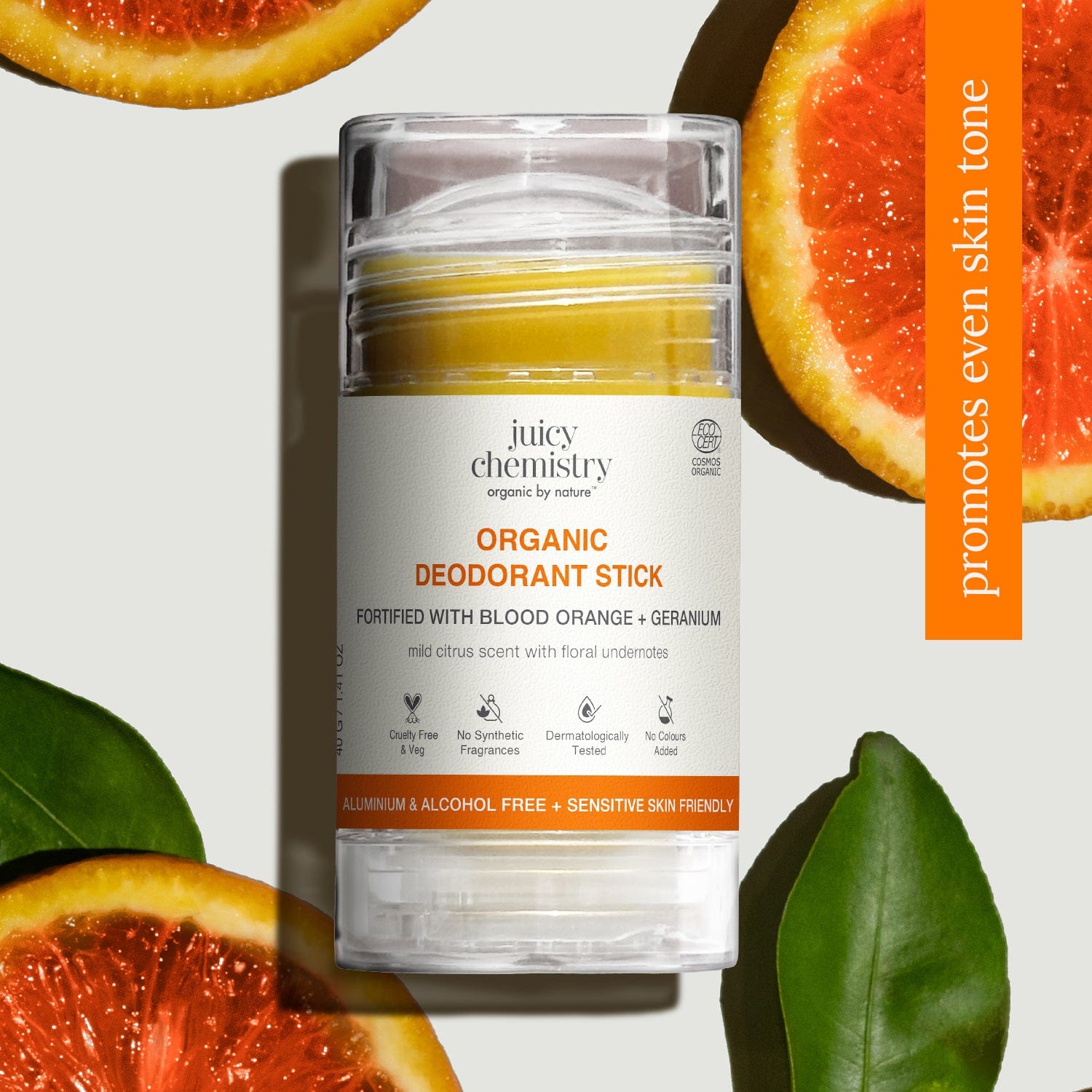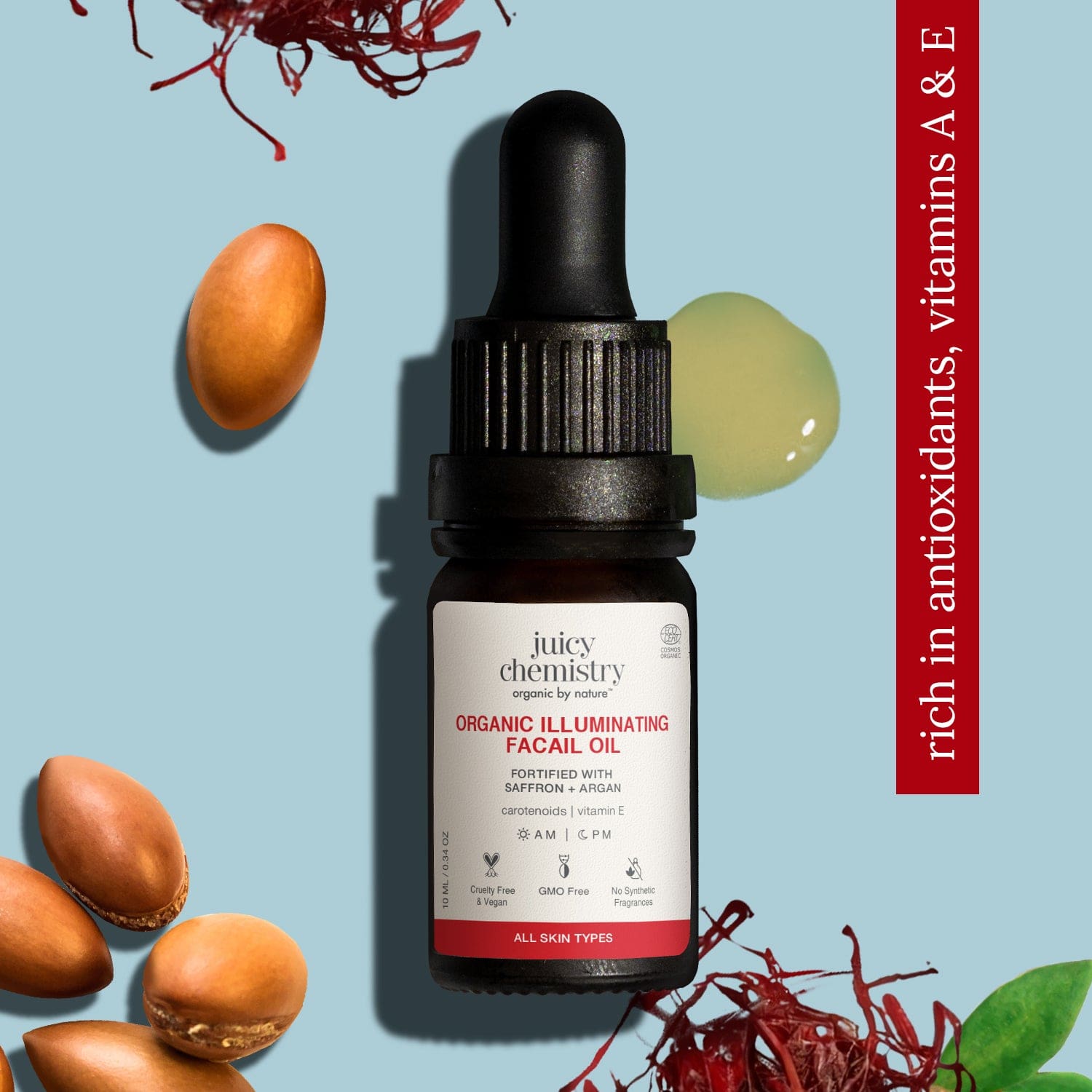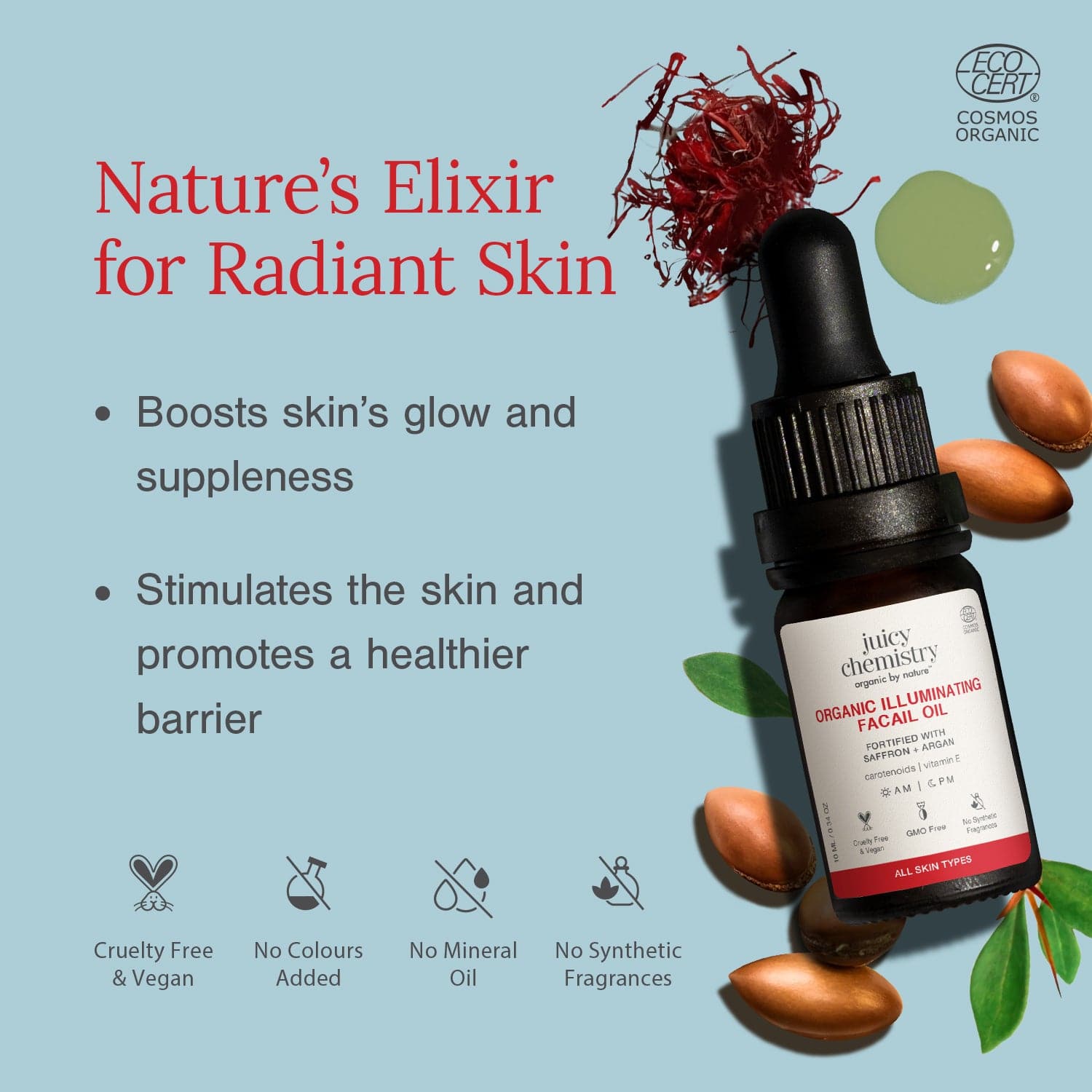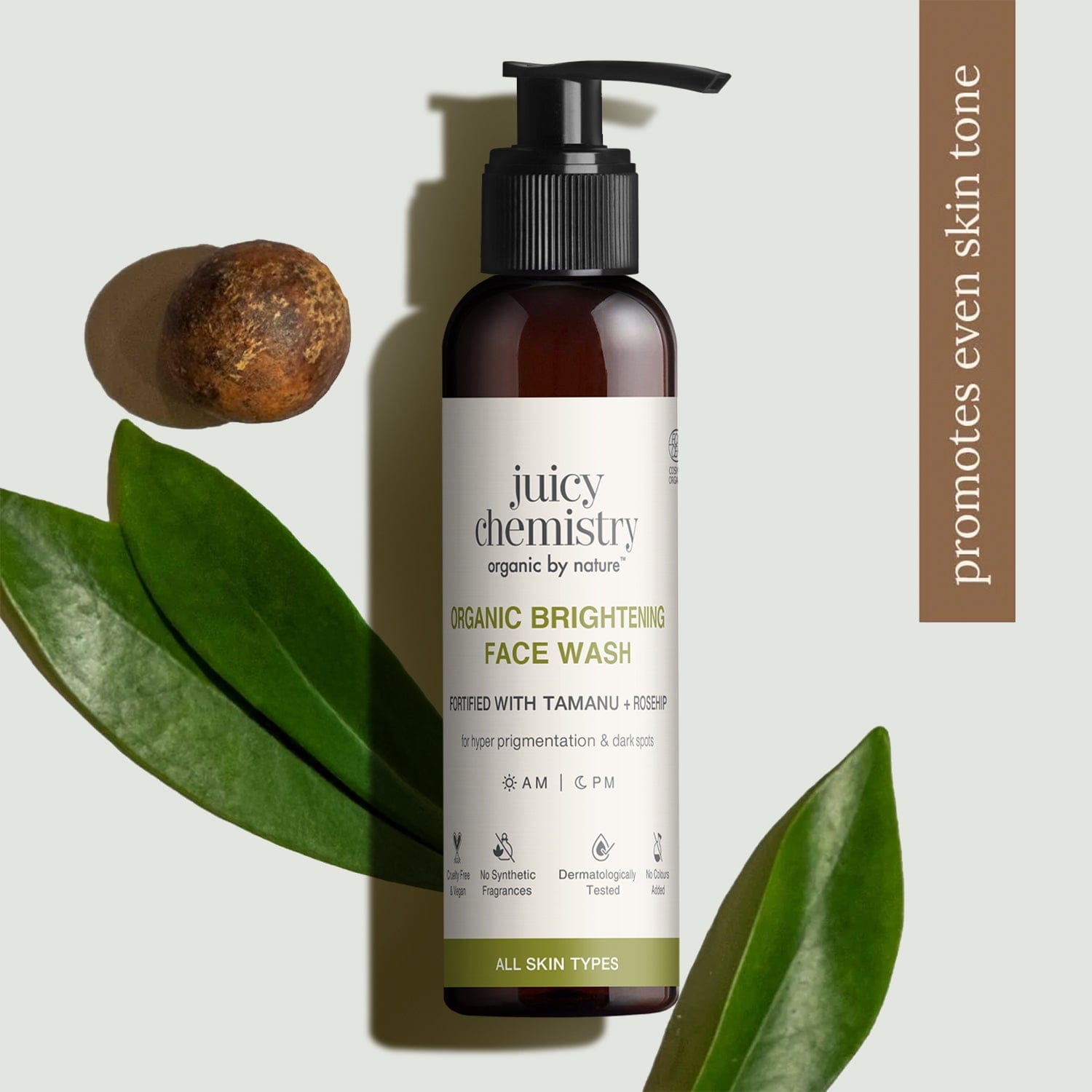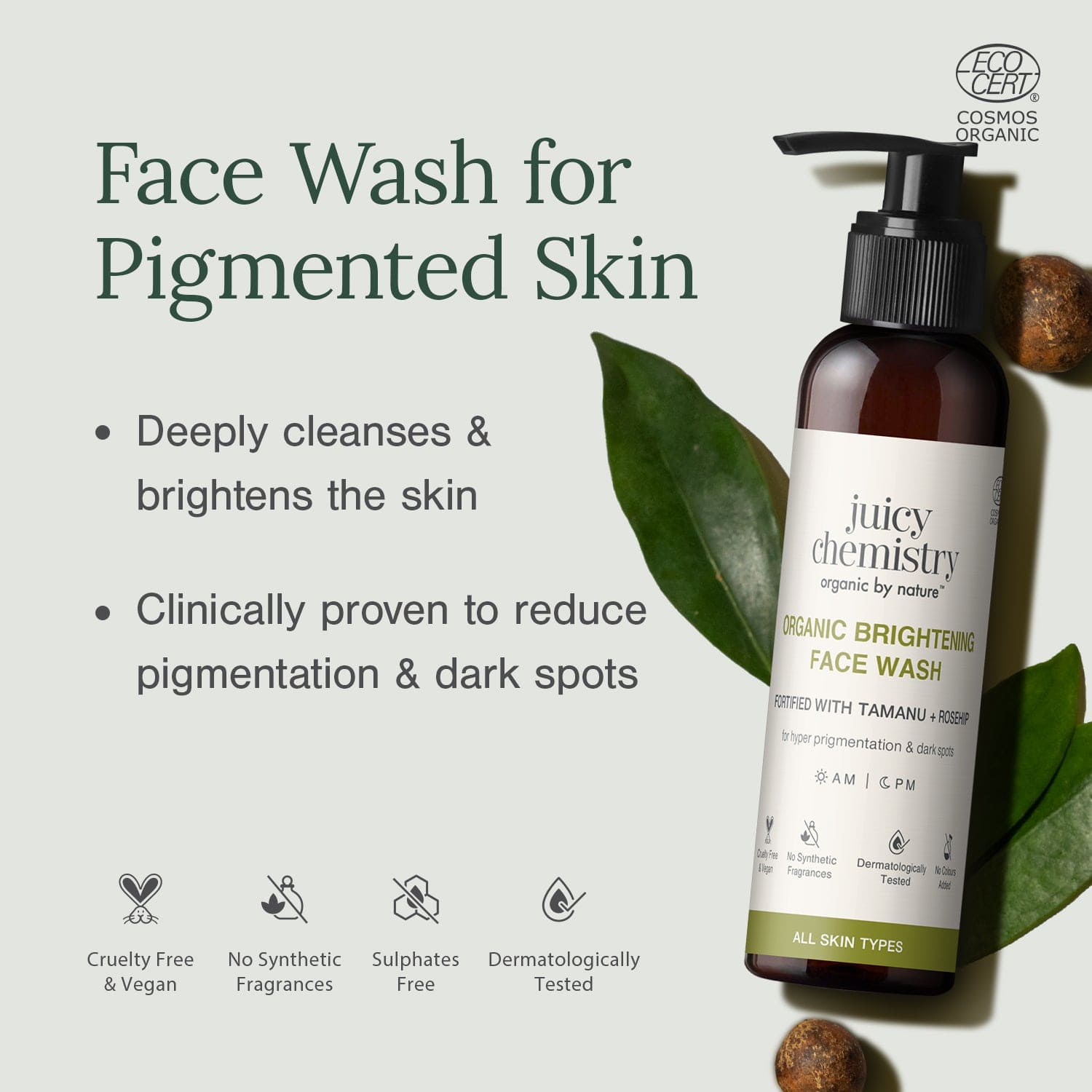Lactic Acid in Skincare: Everything You Need to Know
May 18, 2025In the continuously evolving realm of skincare, active ingredients such as Vitamin C, Retinol, and Niacinamide frequently take center stage. However, Lactic Acid—a beloved Alpha Hydroxy Acid (AHA) among dermatologists—stands out as a subtle yet powerful ingredient that merits inclusion in your skincare regimen. Renowned for its mild exfoliating properties, hydration advantages, and ability to support the skin barrier, Lactic Acid is one of the most extensively studied and recommended components for various skin types and concerns. This article delves into the scientific principles behind Lactic Acid, how to incorporate it into your routine, ideal pairings, and the reasons it is considered a gold standard in dermatological care.
What is Lactic Acid?
Lactic Acid is classified as an Alpha Hydroxy Acid (AHA). Its main role is to provide chemical exfoliation—it loosens the connections between dead skin cells, promoting their natural shedding to unveil a smoother, more radiant complexion beneath. Due to its larger molecular structure compared to Glycolic Acid, Lactic Acid penetrates the skin at a slower rate, making it gentler and more appropriate for sensitive skin types.
How Does Lactic Acid Work?
Lactic Acid effectively breaks down the desmosomes—or the cellular adhesive—that holds dead skin cells together on the skin's surface. This positions it as a chemical exfoliant, in contrast to physical exfoliants like scrubs or brushes. The exfoliation process not only promotes cell turnover but also aids in stimulating collagen production. In addition to its exfoliating properties, Lactic Acid acts as a humectant, which means it attracts moisture to the skin, ensuring hydration while addressing concerns such as hyperpigmentation and fine lines.
Benefits of Lactic Acid
- Gently exfoliates and enhances skin texture
- Promotes an even skin tone by diminishing pigmentation and melasma
- Boosts hydration due to its humectant characteristics
- Encourages collagen synthesis and mitigates signs of aging
- Enhances skin’s radiance and glow
- Assists in reducing post-acne marks and scars
Who Should Use Lactic Acid?
Lactic Acid is safe and effective for all skin types, particularly for those with dry, dull, or sensitive skin. Its adaptability also means it can be beneficial for oily and acne-prone skin types when used appropriately.
Compatibility & Layering Guide
Lactic Acid pairs well with most hydrating and soothing ingredients, including Hyaluronic Acid, Ceramides, and Panthenol. However, it should not be combined directly with other low-pH actives such as Vitamin C (Ascorbic Acid), Retinol, or other AHAs/BHAs (like Glycolic or Salicylic Acid) to prevent irritation. For those with sensitive skin, it is advisable to alternate these products in your morning and evening routines rather than layering them.
Best Practices for Use
- Frequency: Start with 2-3 applications per week, gradually increasing as your skin adjusts.
- Sun Protection: Always apply sunscreen daily, as AHAs like Lactic Acid can heighten sun sensitivity.
- Application: Use on clean, dry skin during the nighttime.
- Hydration: Follow up with a moisturizer to seal in hydration.
Can Lactic Acid Cause Purging?
Yes, similar to other exfoliants, Lactic Acid can speed up skin cell turnover, which may result in temporary breakouts (purging). This is a normal aspect of the process and typically resolves within 1-2 weeks. If breakouts continue beyond this period, consider reducing the frequency of use or stopping altogether.
Lactic Acid Compared To Other Acids
- Glycolic Acid: Known for its strength, Glycolic Acid has a smaller molecular size, allowing for deeper penetration but potentially increasing the risk of irritation.
- Salicylic Acid (BHA): This oil-soluble acid is particularly effective for oily and acne-prone skin, helping to clear clogged pores and minimize breakouts.
- Mandelic Acid: A gentle exfoliant, Mandelic Acid is perfect for individuals with very sensitive skin, delivering effective results without irritation.
- Azelaic Acid: Celebrated for its dual action, Azelaic Acid effectively addresses inflammation and hyperpigmentation, making it ideal for those with rosacea or acne-prone skin.
Who Should Avoid Lactic Acid?
- Compromised Skin Barriers: Individuals with severely compromised skin barriers, such as those suffering from eczema or open wounds, should avoid using Lactic Acid until their skin has completely healed.
- Milk Allergies: Those with known milk allergies should steer clear of Lactic Acid due to its dairy origins and consult a dermatologist for alternative options.
- Sensitivity to AHAs: If you have a history of sensitivity or adverse reactions to alpha hydroxy acids (AHAs), it is wise to consult a dermatologist before incorporating Lactic Acid into your routine.
FAQs
Q: Can I use Lactic Acid every day?
A: Yes, if the concentration is low (under 5%). Otherwise, limit usage to 2–3 times per week.
Q: Is Lactic Acid safe during pregnancy?
A: Generally, yes, but always consult your OB-GYN first.
Q: Can I use it with Niacinamide?
A: Yes. Lactic Acid exfoliates, while Niacinamide calms and balances skin tone.
Juicy Chemistry’s Lactic Acid Toner
Our 5% Lactic Acid Exfoliating Toner is carefully crafted with Rose Hydrosol, Aloe Vera, and Hyaluronic Acid to provide gentle exfoliation, hydration, and a radiant glow. It is suitable for all skin types and effectively addresses pigmentation, dullness, and texture without causing irritation. Dermatologically tested, COSMOS-certified organic, and clinically validated—this toner offers efficacy with integrity.
Researches:
https://pmc.ncbi.nlm.nih.gov/articles/PMC11055559/
https://www.mdpi.com/1420-3049/23/4/863
https://www.mdpi.com/2072-6643/15/14/3123
https://www.fda.gov/cosmetics/cosmetic-ingredients/alpha-hydroxy-acids


